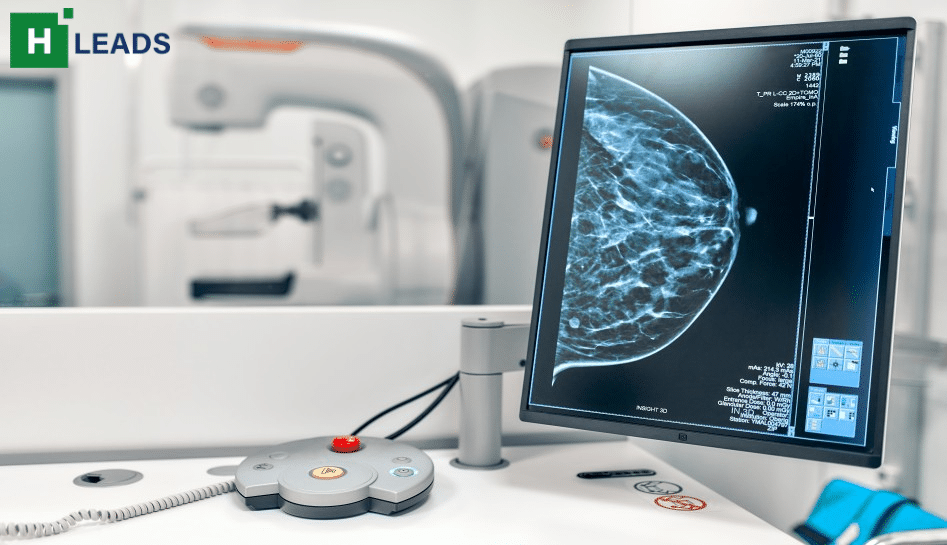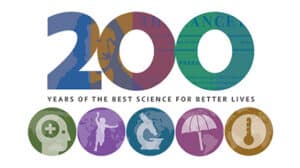“The greatest potential of AI right now is that it could allow radiologists to be less burdened by the excessive amount of reading,” says Dr Kristina Lång from Lund University in Sweden
An interim safety analysis of the first randomized controlled trial involving over 80,000 Swedish women finds that artificial intelligence (AI)-supported mammography analysis is as effective as two breast radiologists working together to detect breast cancer. This AI-assisted approach does not increase false positives and reduces the screen-reading workload by nearly half, says a study published by the Lancet Oncology on Monday.
“These promising interim safety results should be used to inform new trials and programme-based evaluations to address the pronounced radiologist shortage in many countries. But they are not enough on their own to confirm that AI is ready to be implemented in mammography screening,” cautions lead author Dr Kristina Lång from Lund University, Sweden. “We still need to understand the implications on patients’ outcomes, especially whether combining radiologists’ expertise with AI can help detect interval cancers that are often missed by traditional screening, as well as the cost-effectiveness of the technology.”
Breast cancer screening with mammography has been shown to improve prognosis and reduce mortality by detecting breast cancer at an earlier, more treatable stage. However, estimates suggest that 20-30 percent of interval cancers that should have been spotted at the preceding screening mammogram are missed, and suspicious findings often turn out to be benign.
European guidelines recommend double reading of screening mammograms by two radiologists to correctly identify those with the disease. But there is a shortage of breast radiologists in many countries, including a shortfall of around 41 (8 percent) in the UK in 2020 and it takes over a decade to train a radiologist capable of interpreting mammograms.
AI has been proposed as an automated second reader for mammograms that might help reduce this workload of radiologists and improve screening accuracy. The technology has shown encouraging results in retrospective studies by providing radiologists with computer-aided detection (CAD) marks highlighting suspicious features to reduce false negative results. But robust evidence from prospective randomised trials has been lacking.
“The greatest potential of AI right now is that it could allow radiologists to be less burdened by the excessive amount of reading,” said Lång. “While our AI-supported screening system requires at least one radiologist in charge of detection, it could potentially do away with the need for double reading of the majority of mammograms easing the pressure on workloads and enabling radiologists to focus on more advanced diagnostics while shortening waiting times for patients.”
Also Read: AI is revolutionizing patient safety during anesthesia. Here’s how


















Add Comment